Synchronicities in Setting: The Magic of Finding Your Story's Perfect Place by Tina Wainscott6/10/2024
The setting also came to me easily. Although I’m a Florida girl, I love Georgia and North Carolina. For many years, we’ve had a place in the NC mountains where I can escape the Florida humidity. I saw and felt the small southern town that the story would play out in, and I knew it was in Southern Georgia. I wanted to choose a place that I could pop off the interstate on the way up or back and easily explore the town and take pictures to inspire my story. But by then, I had mostly written the book, using my imagination and Google maps to guide me. Back then, Google Maps didn’t have all the user photographs, so I went by what I saw. Imagine my surprise when we drove into Clinton, Georgia and it looked exactly how I had seen it. I mean, eerily similar. Even down to the cemetery that I had totally made up. It was so cool and validating that this was a book of my soul. As a writer, it’s important for me to have a clear visual idea of my world so I can convey it to you, the reader. More importantly for me, I want to convey it with a few concise words and not paragraphs of description. Those classics and books of yesterday could go on and on about a settee and the drapes that framed it in the parlor, but not anymore. And thank goodness, right? I want to sink you into the town, the woods, the house, and pull you right along with the story.
Especially because it’s set at Christmas! Ahh, that most wonderful time of the year! Even when it’s actually May. Hot and muggy in Florida already, and I was playing my Christmas music and watching my favorite rom-coms to get in the mood. Not a hardship, let me tell ya. I love the holiday season. And it was fun to put in all those details (but not too many) that make that time of year so fun—the music, the tinsel, the Santas! Okay, I’m not actually into Santas, but since there’s a creepy and suspicious man in a Santa costume in my story, I had to put in a lot of Santas. Settings are incredibly important for a story, and I think they should play a significant role for the characters—and the reader. What are some of your favorite settings? I'd love to hear your thoughts as a writer and/or a reader! Tina Follow Tina to stay up-to-date on New Releases and Specials!
0 Comments
"I’m going to write a book!" As a librarian, I hear that a lot. Hey, I was once that patron who said it! And a very knowledgeable librarian helped me. I checked out books on writing, and after a few months, I thought I had a really good story and gave it to a few trusted readers and waited for feedback. My new friends told me the story was dry and needed work. Talk about a reality check! After picking up my ego, I realized they were right and was determined to learn how to make it better. One of the things I learned was it takes more than likeable characters to tell a story. In order to grab a reader’s attention, your story has to reach their emotions in ways that make the story memorable. Part of that is done with a great setting. What is a setting? Dictonary.com defines setting as: the local or period in which the action of a novel, play, film, etc. takes place. In my opinion, the setting is another character in your story. It’s the location of your novel, the background of a scene. It is the catalyst for what motivates your characters. You need to know as much about your setting as you know about your characters’ backstories. After all, most small towns, cities, states, and countries have histories—good and bad. So, how do you use setting in a story? If you’re reading, does the setting stand out? In the Butterfly Memoirs, the setting for the first three novels is Los Angeles, California. Books 4 and 5 are set in Atlanta, Georgia, and book 6 is set in Miami, Florida. Writing the setting for four of those books was a challenge! Why? Because I am from Atlanta and have never been to Los Angeles! I did visit Miami once, though. For settings where I’ve never been, I trust Google a lot! I had a vision, of course, but then Google made it possible for me to research the locations. Searching for images helped me accurately describe a location such as the Santa Monica Pier and the Los Angeles Zoo in A Heart Not Easily Broken. Using places I was more familiar with in Nobody’s Business and Alone were easier because I live in Atlanta. That didn’t stop me from using Google to keep the details accurate even in Atlanta. The last thing you want is to write something that you see in your mind without fact-checking, and then have readers call you out on it. Beta readers help, too! Especially if you know someone from the area you set your story. Happy Reading and Writing! MJ Multicultural Romance with Heart and Soul!
Connect with MJ via her Newsletter or Author Pages!
Sometimes when I choose my next read, I think about setting more than genre. For example, if I choose a book by Nicholas Sparks, I'm thinking about the Carolinas, about deep-rooted secrets and southern gents. If I'm feeling dark and moody, I'll go for a vampire book set in Washington State or maybe a Stephen King book set in the Colorado Mountains. When I was asked to write a romantic suspense with a diverse family element and search & rescue, there was no question that I was going to set my Midnight Sons series in Alaska. The wild, untamed landscapes not only serve as a stunning backdrop but also mirror the tumultuous, mysterious elements that define romantic suspense. Why Setting Matters In storytelling, setting is not just a backdrop. It's a character in its own right. It influences the story's atmosphere, molds its characters, and can even drive the plot. Take, for instance, the moody moors in Wuthering Heights. Could Heathcliff's brooding and tumultuous romance with Catherine have unfolded anywhere else but on those windy, desolate moors? I think not. Setting as a Reflection of Character In my writing, I use setting to reflect my characters' internal landscapes. For example, in my Creatus series, the old, hidden settings (I chose New England) parallel the secretive lives of the creatures they conceal. This intertwining of place and personality challenges the characters, shaping their paths and choices, much like our environments influence us. She Belongs to Me (the entire Southern Collection, for that matter) could not have been set anywhere other than the Carolinas. There's just something about old Southern families and country boys! I swear if Jordan wasn't so "country," his protective nature wouldn't have worked as well. How to Use Setting Effectively Integrate Setting with Plot: The setting should do more than just serve as a backdrop. It should interact with the plot, influencing outcomes and character decisions. Use Sensory Details: Vivid descriptions that engage the senses can make a setting feel real and tangible, pulling readers deeper into the world you’ve created. Reflect Themes and Moods: The setting can enhance the themes or shift the mood of a scene, adding layers to the narrative. The right setting can transform a story from good to unforgettable. It’s not just about where and when; it’s about making those elements work in harmony with every aspect of your tale. As writers, we wield the power to transport our readers, not just emotionally or intellectually, but spatially, into the heart of our stories' worlds. Kind of like the image I chose... While you might be sitting on a beach or in your backyard, my goal is to transport you to another location! For readers and aspiring writers alike, I encourage you to think about the settings in your favorite books. How do they enhance the storytelling? And for my fellow authors, consider how your next setting might just be the key to unlocking your story's full potential. Until next time, Happy Reading and Writing! Carmen Here are the FIRSTS in the three series I mentioned! Follow Carmen's newsletter or author pages to be the first to know about new releases, specials, and writing posts!
It’s a crazy statement, I know. But all authors have an element of crazy in them somewhere — at least I don’t think I’m the only one. How can we not? We have to balance our lives, family, and day-to-day responsibilities with the art of storytelling. We create lives, personalities, likes, and dislikes. It’s like giving birth without the added weight gain and late-night bottle feedings.
Or is it? If we’re not careful, we drink too much coffee, eat too many snacks — instead of real food — and position ourselves in front of our computer screens for hours on end. Thus, weight gain. Late-night bottle feedings come in the form of waking up in the wee hours of the night, jotting down notes or a scene that’s been plaguing us all day. How do we stay sane? Where do these fictional people come from? Why are we not wearing straitjackets? My best guess is because we’ve learned to blend in with the rest of society. Thankfully, readers are intrigued by our stories, which helps me to keep the purple straitjacket tucked away. All jokes aside, it is my opinion that writing is the truest form of self-expression, healing, and finding a way to cope with whatever ails you. Whether you journal, blog, write a memoir, or take your life experiences or pull from those around you and write a book. No matter what avenue you take, writing is therapeutic. I love to create the characters in my stories. As an only child, I spent a lot of time alone, playing with my baby dolls, stuffed animals, and Barbies. Each had a name and a voice of their own. I spent hour after hour making up stories and creating adventures to entertain myself. Each story had a Happily Ever After. From time to time, I would get the tape recorder (remember that old-fashioned form of electronics?) and make cassette tapes of my little adventures to share with my parents. They, of course, thought my tales were funny. Little did I know that form of storytelling would eventually lead to a writing career. I still use a recorder — digital now — to record my ideas for my books. No dolls allowed; I leave that to my daughter. The tales are no longer about a princess riding horses and marrying a prince. Now the stories deal with real-life experiences. Not all are my own, but they are real, they do happen, and there is heartbreak and pain. But through it all, there is happiness and love. After creating the heroines in my books, I realized something. In each character — as different as they are — there is an element of me. The woman I once was, the woman I am, the woman I secretly wish I could be, and the woman I aspire to become. Multiple Personality Disorder at its best. By telling their stories, I’ve found a way to work through the pain I've experienced to find happiness in my family and the ones I hold dear. Along the way, I’ve made friends I never would have known and gained knowledge I never would have attained. In short, I’ve not only learned how to become a better writer, but I’ve also learned more about myself. Writing has allowed me to make a mark of my own outside of being a wife and a mother. I have discovered something I love, something I’m good at, and something that unless I actually lose my mind, no one can ever take away from me. There’s not a morning I don’t get up with an idea that I’m anxious to put on paper. Seeing the Butterfly Memoirs go through several different stages of evolution over several years taught me so much. Adding to the story, taking away, fine tuning, and finessing … it’s all the part of telling a story — with heart, care, and attention to detail. If you’re thinking about writing a book, watch out for those doctors with those special white coats! By the way, my straight jacket also has butterflies! LOL! Great news! If you’d like to learn more about my characters, my first book, a romantic women’s fiction with heart and soul, is absolutely FREE for a limited time! Hope you enjoyed this insight into my writing world! M.J.
Kindle ● Series ● Play ● iBooks ● Nook ● Kobo ● Audible
To be notified of M.J.'s Deals & New Releases, subscribe to her Newsletter or BookBub!
When I sit down to write a novel, I generally have no idea where I’m going. My typical start of a story is usually the main character—whether it’s the male protagonist or the female protagonist—and whatever issue they are facing.
From there, I just ask myself questions:
The great thing is, just like the reader, I never know exactly what my characters will do. Sure, I know I want a happily ever after, but I also know that not every character will get a happily ever after. And the detours they make along the way sometimes even surprise me. Why? Because I allow my story to progress naturally. I typically write two thousand words a day, and then every night I read the last few chapters to make sure the story flows, marking any areas that need addressing, and then go to sleep, allowing the characters to come alive in my dreams. And ohhh how they do. It’s not unusual for hubby to see me typing on my iPhone’s notepad in the middle of the night. Often it’ll just be a great line or a missing link I was in search of. When I finally finish the novel, I take an entire day and read from beginning to end, making sure the story flows and that there are no holes or contradictions. Easy, right? I’ve read this story almost thirty times at this juncture. How can it surprise me, how can it make me cry? And yet, here I am, sitting on the sofa, my afghan curled around me, and I’m bawling over something that happened. Hubby, who has been sitting quietly by his computer—because he knows it’s read-through day—whips his chair around to face me and asks, “Are you okay?” I swipe away my tears and answer, “Yes, I just can’t believe that happened.” “Wait. I thought you were reading your book?” he asks. “I am,” I answer. “But it still makes me cry.” He shakes his head and goes back to typing his nonfiction. One of my favorite quotes is by Robert Frost: “No tears in the writer, no tears in the reader. No surprise in the writer, no surprise in the reader.” Well, I’m always surprised, and I always cry when something happens to my characters, so I hope when you read my books you will, too! If you enjoy stories that blend happy and sad, romantic and suspenseful, click the link for your favorite retailer below and grab one of my free books. If you’ve read all my books, make sure you grab my new release, Erik’s Revelation, so you’ll know why I was crying! Until next time, happy reading! Carmen DeSousa
Learn more about Carmen: www.WrittenMusings.com/CarmenDeSousa
Or visit one of her author pages to grab one of her bestsellers! Kindle ● Play ● iBooks ● Nook ● Kobo ● Audible
To be notified of Carmen's Deals & New Releases, subscribe to her Newsletter or BookBub!
10) You can explore mysteries, what-ifs, and universal truths, and you can solve them in whatever way you want. You can stretch your imagination to the outer limits, and make your readers believe, even for a short while, in magic.
9) Whenever you space out and forget where you’re going, or spend two hours in the bath, you can always blame it on the people in your head who, at last, decided to reveal their deepest secrets. (Of course, if you tell this to someone who doesn’t write or read romance, they might send you on an expense-paid trip to the funny farm!) 8) You can buy books as a legitimate business expense. Better, you can read books as a legitimate part of your job. 7) You can go to work in your pajamas if you want or, at the least, sans panty hose, makeup, and an 18-Hour bra. 6) You can have torrid affairs with sexy men and not risk divorce or the fiery gates of hell. 5) You can be the woman you always wanted to be: braver, thinner, sassier, with perfect skin and thick hair. Or the woman you never wanted to be: a bitch, a murderer, the opposite sex… You can be whatever you want for a while, without any repercussions. 4) You learn to develop a balanced sense of self. You’re dancing with angels when a reader tells you you’re the best thing since the discovery of chocolate; you’re in the dregs of self-esteem when your editor tells you your latest book stinks worse than limburger cheese. 3) You can tell your mother she was wrong… It’s okay to tell stories after all. 2) Writing is the one place in your life where you can be God and control your world. If your characters let you, that is. 1) The best, absolutely number one part is knowing that what you love doing will touch someone’s life and take them away from their troubles for a while. I hope you enjoyed this list as much as I love writing for you! Tina
If you would like to read a little more about what Tina writes, follow the links below to download one of her FREE bestsellers. She also has a $0.99 deal this week only! Tina's stories are available in print, eBook, and audio formats at your favorite retailer.
Start Tina's Justiss Alliance series with a FREE book!
Romance - Suspense - SEALs!
Carmen DeSousa writes about what she knows... Sometimes it's happy, sometimes it's sad, but it always ends in Happily Ever After!
A professor once told me that all first-time authors write their autobiography, even if tagged fiction. While I don’t believe that’s completely true, after all, some first-time authors write about vampires and shape shifters, I do think there’s a modicum of truth to that statement. In other words, even if an author writes a work of fiction, there are usually many elements of the story that are factual, and I’d venture to guess that, at minimum, authors probably pattern characters after people whom they know.
When my college professor suggested: “Write what you know.” — a quote often attributed to Mark Twain, but some say it is much older — I wasn’t certain if I really wanted to do that. After all, who would believe me? Here are a few scary subjects I know about: Child abuse, Sexual abuse, Drug abuse, Alcohol abuse, Abandonment, Rape, Suicide, Depression, Stalkers, Crime, Tragedies, Death... But, thankfully, I also know about a lot of good subjects, too: A new family, Hiking, Kayaking, Love at first sight, Happily ever after, Police & Detective Procedures, Belief in God, The power to overcome adversity…, Hey, I moved out on my own at the age of seventeen, and I'm married to a retired police detective, so I've seen a lot. The problem is ... will anyone believe or want to read about "what you know?" Well, I guess that depends. If you put it into a story, add a little, as Hollywood refers to it: Based on a true story, but dramatic elements have been added for the sake of artistic expression, then, yeah, some people will believe and/or want to read because more than likely they can identify with a character and/or a situation. And while they can enjoy an escape into a fictional story, they may take something from it. The funny thing is most of the stories throughout history are based on a couple of those "unbelievable" elements I listed above. Although they may not all be in the same story, "love at first sight," "family tragedy," and/or "an unbelievable or vicious crime" are often the basis of a work of literary fiction. Fairy tales did it. Suspense-thrillers do it. It’s a great start! So if you don’t believe one or more of the elements of a story, does that make it "unbelievable" or a "bad" story? One of the most popular themes is "love at first sight," which often gets a bad rap by reviewers. You may not believe in "love at first sight," but that doesn't mean it doesn't exist, and many readers love it. In fact, even movies that aren’t tagged as "love at first site," usually have a hero and heroine thrust into an incredibly unbelievable situation, and are all of a sudden willing to die for each other. Of course, there are many classics like that, too: Romeo and Juliet, all the fairy tales, even The Godfather ... ooh, I bet you forgot about that one. Remember when Michael Corleone is walking through the picturesque countryside in Sicily and he spots the beautiful Apollonia… See, even graphic thrillers do it! Well, as I mentioned in the above list, these are all the things I write about. Why? Because it’s what I know. So, let me share a tidbit of information with the unbelievers of the world who don't think "love at first sight" exists... I’ve experienced a lot of tragedy in my life, but I got lucky in love! After my first date with my husband, I called my grandmother and told her I'd just met the man I was going to marry. Thirteen days later, he asked me to marry him. Thirty days later, we got married, and we’ve been married for thirty-one years. Yes, I believe in "love at first sight," yes, I write tales filled with tragedy, mystery, suspense, hope and, above all, romance, because I’m living one. I’ll leave the rest of "what I know" situations that I write about in my books up to your imagination, and let you try to figure out what's real or made up. :) Until next time, happy reading and imagining! Carmen
If you would like to read a little more about what Carmen writes, follow the links below to download one of her bestsellers.
|
Categories
All
Archives
June 2024
|




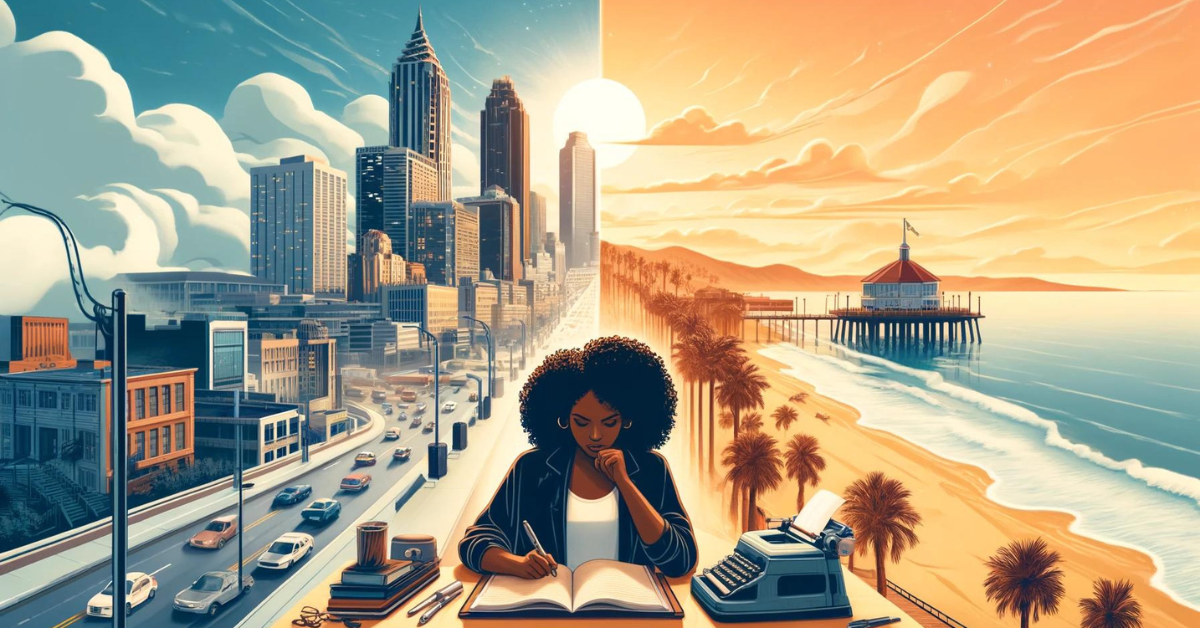
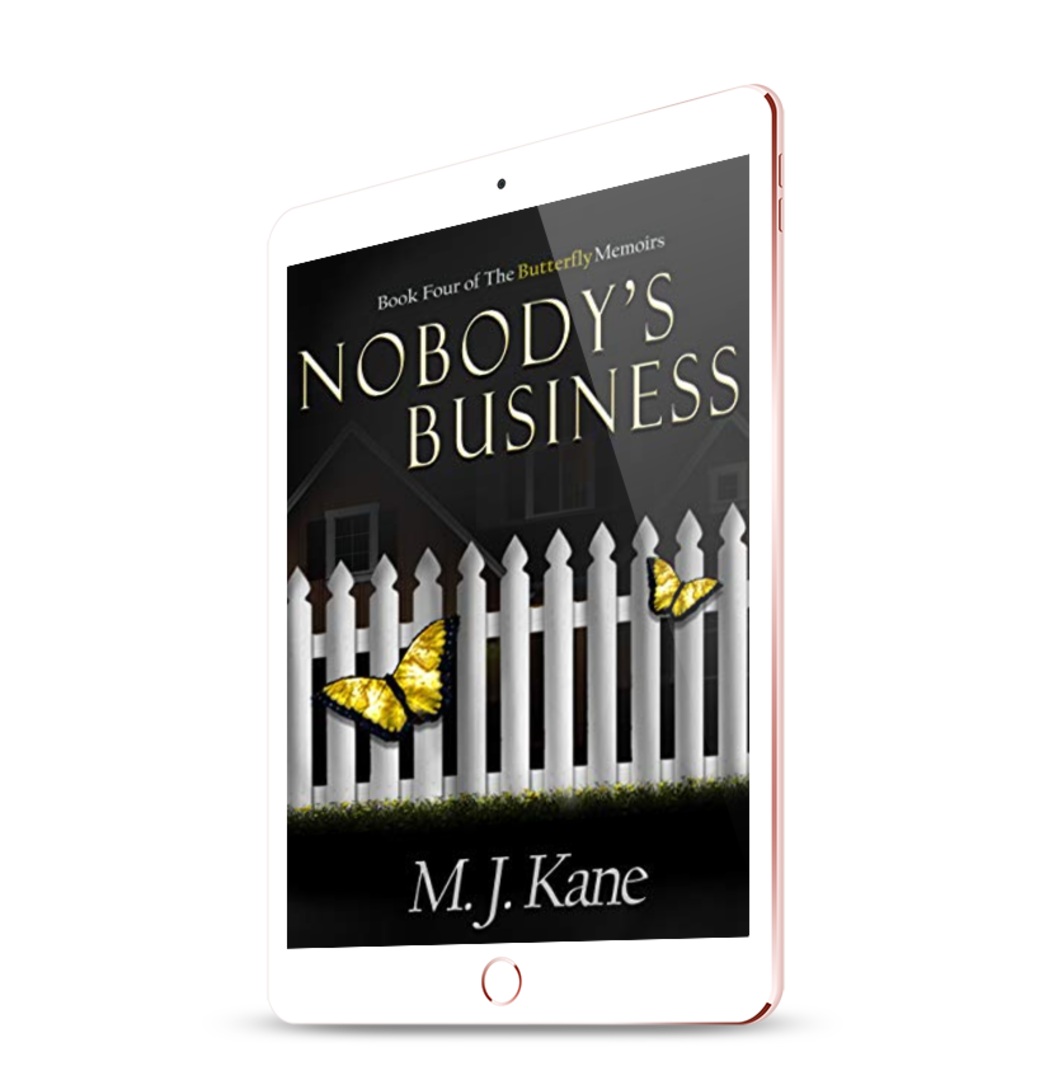
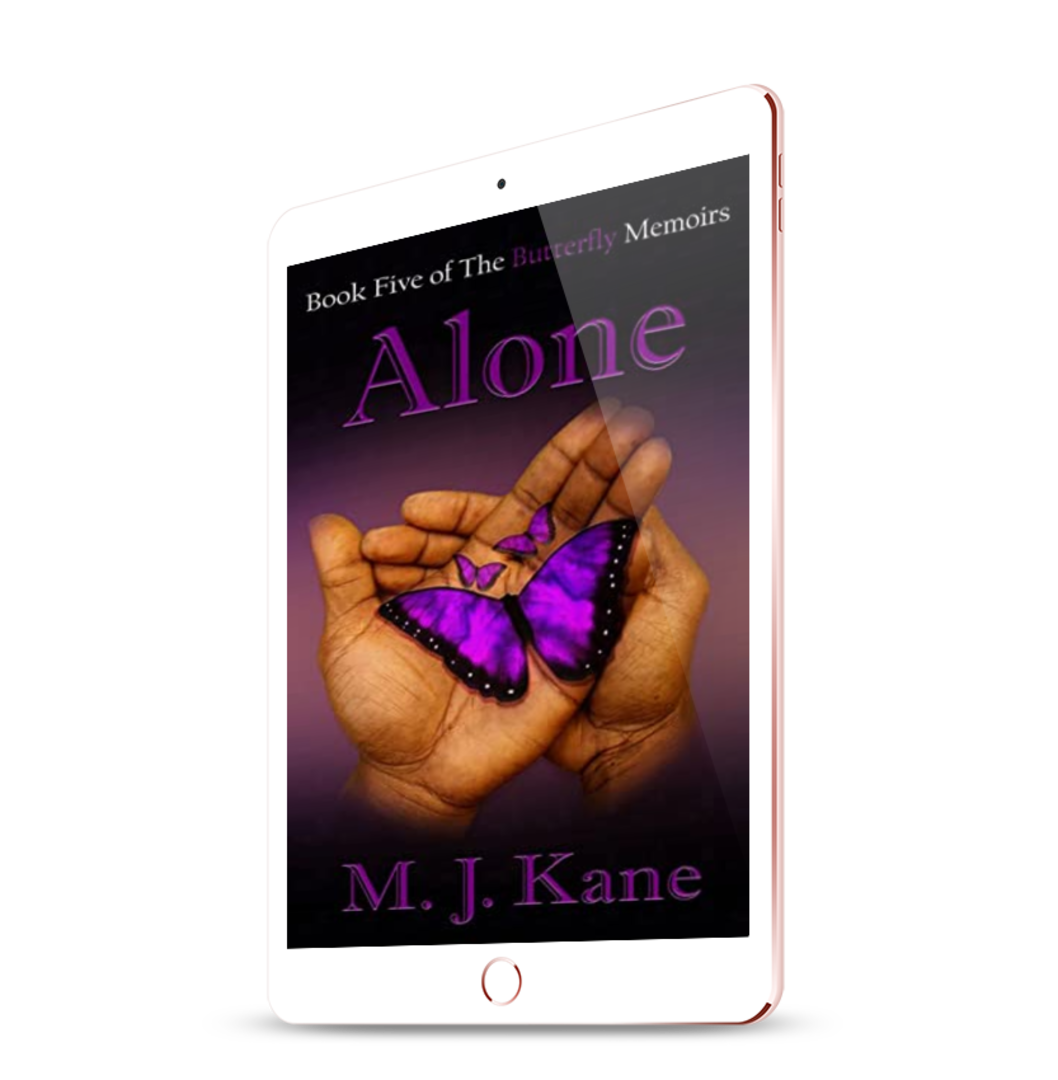
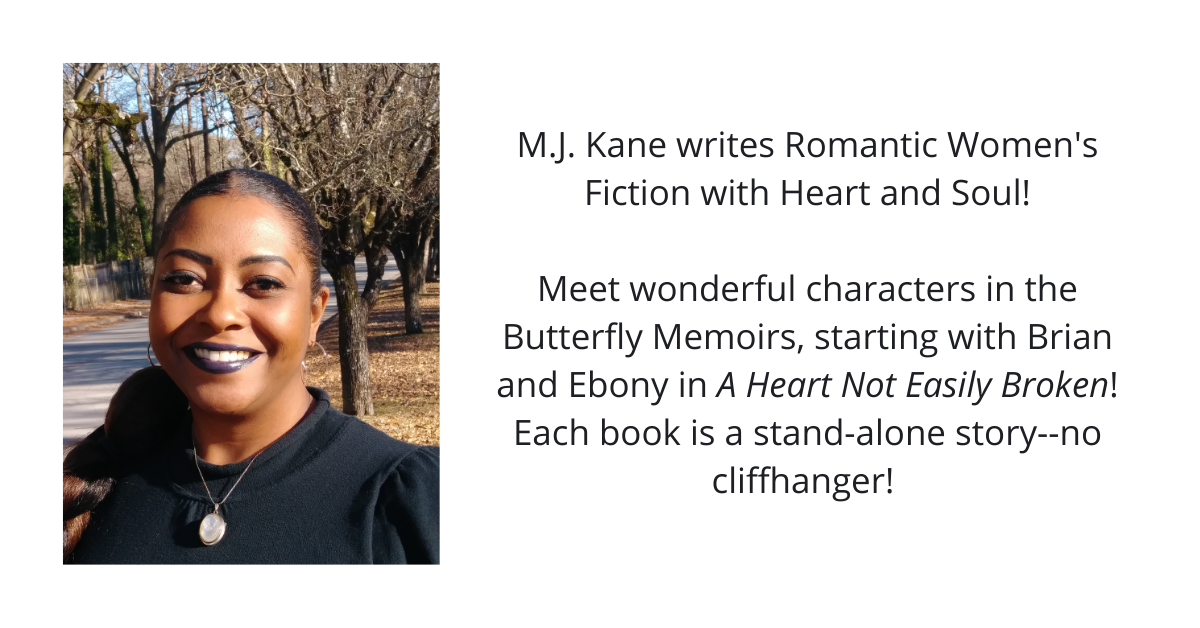


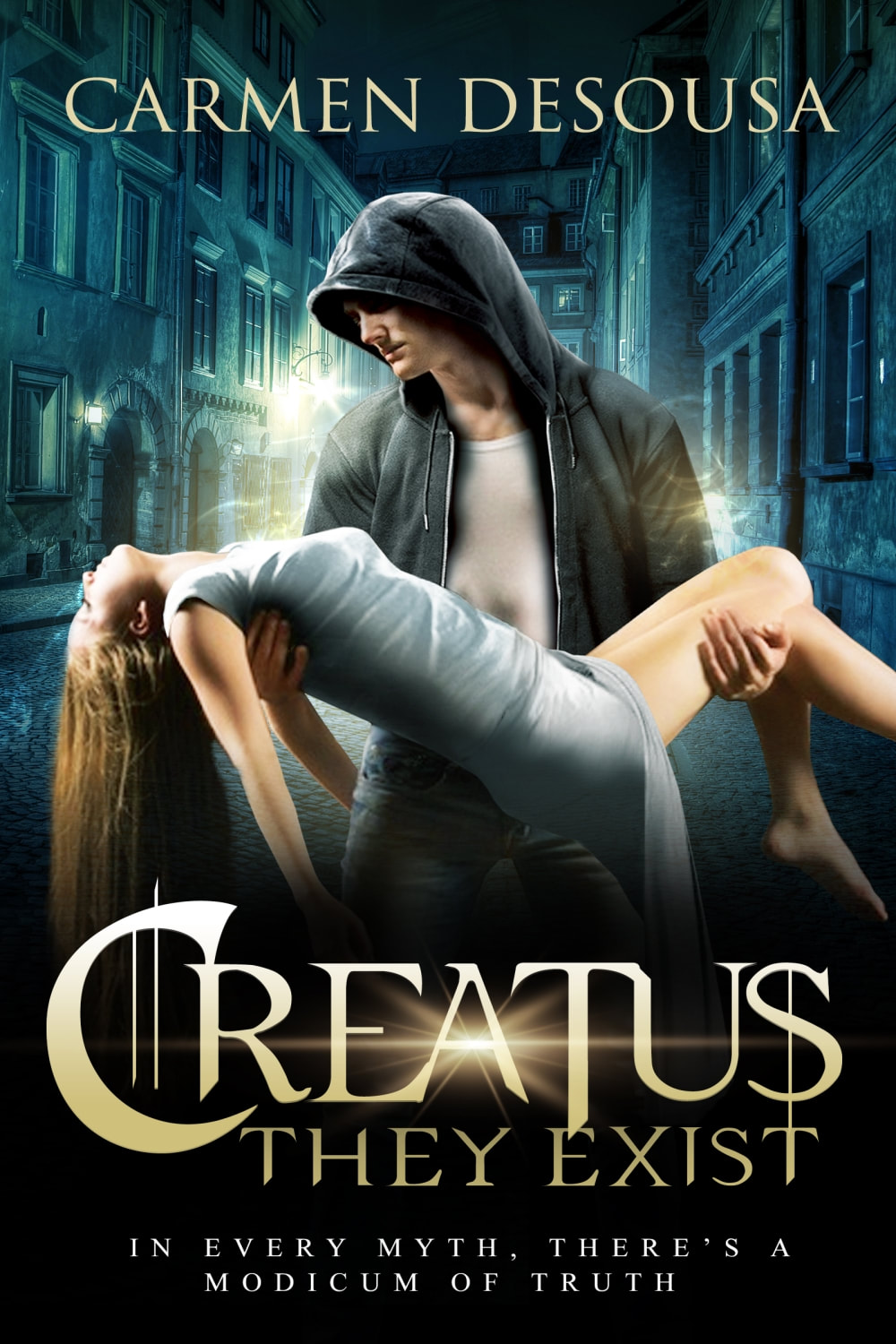


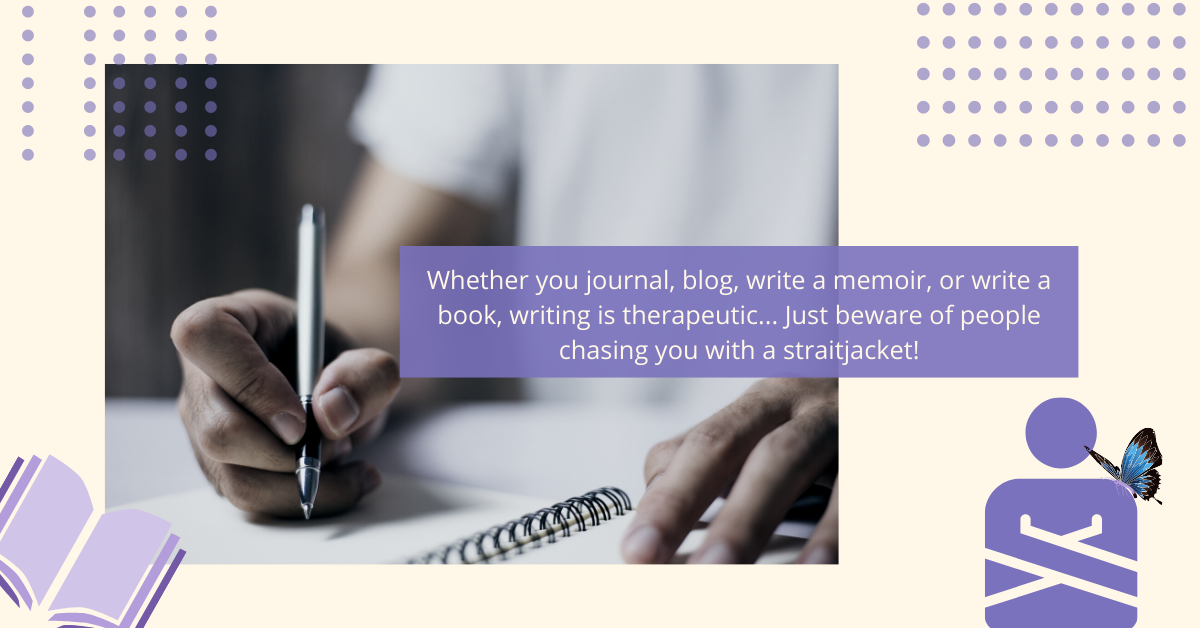
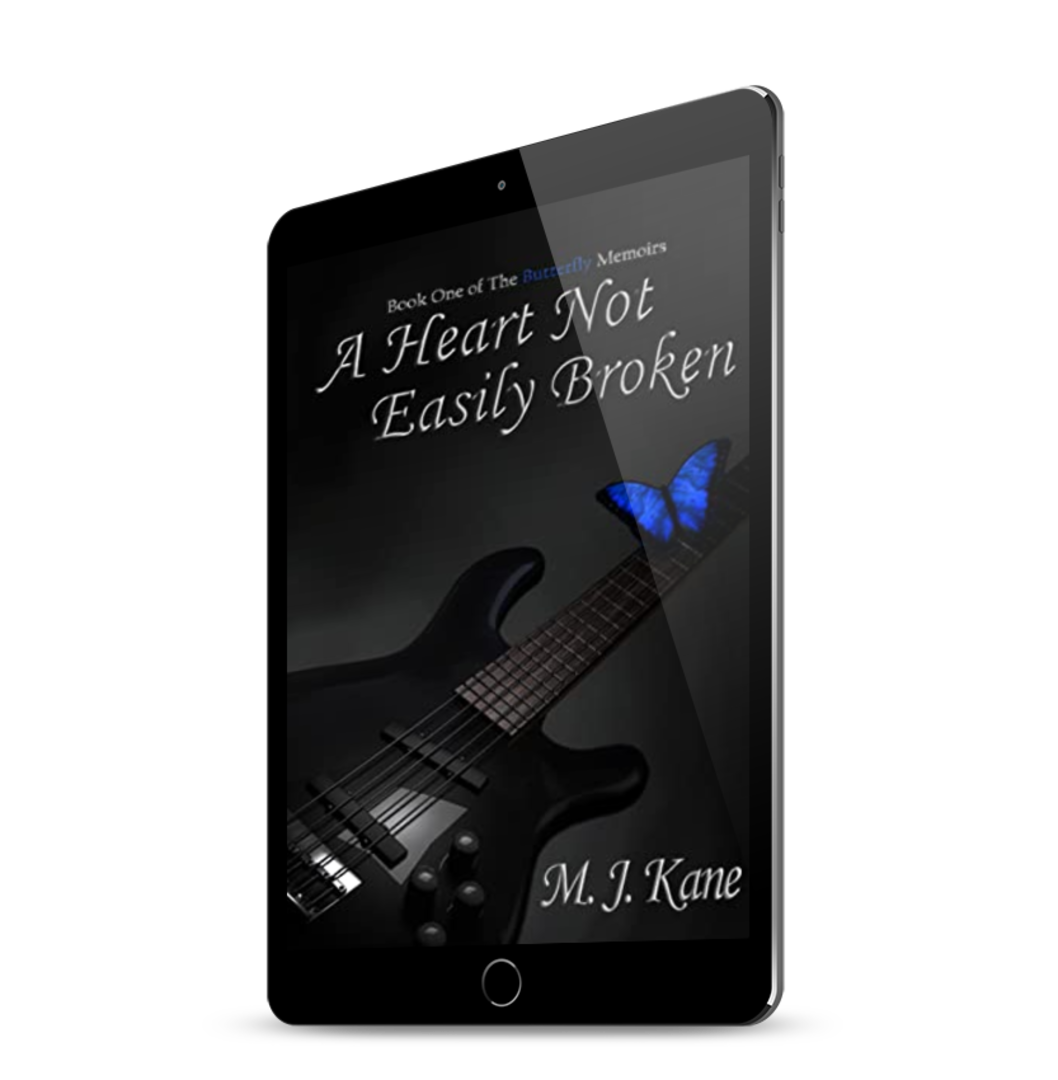
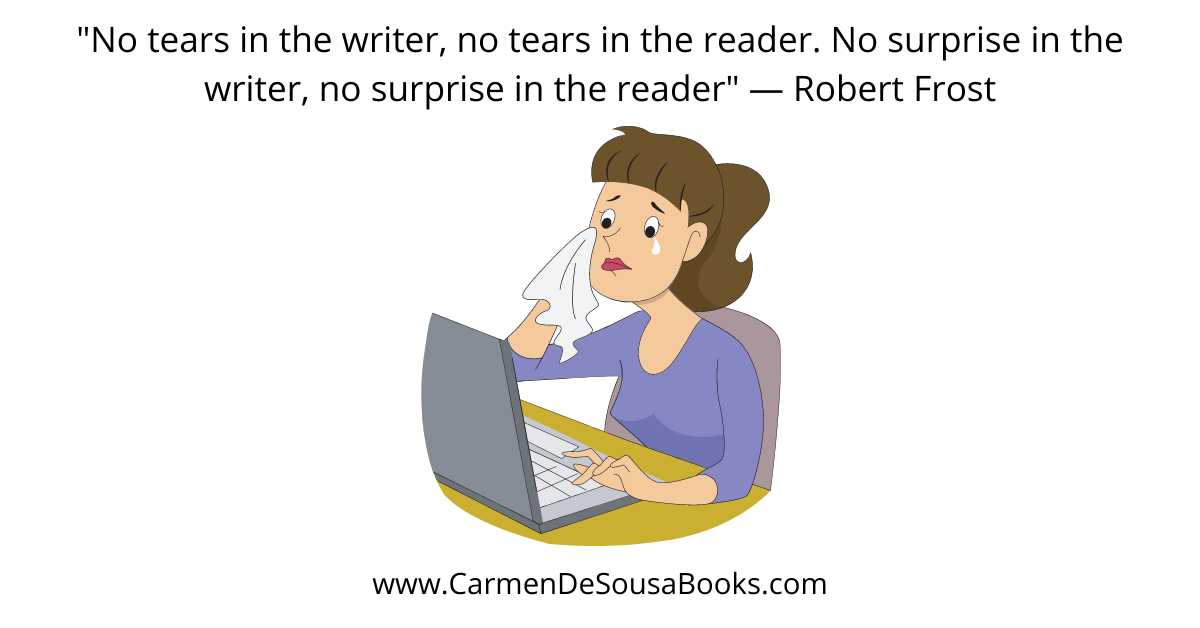

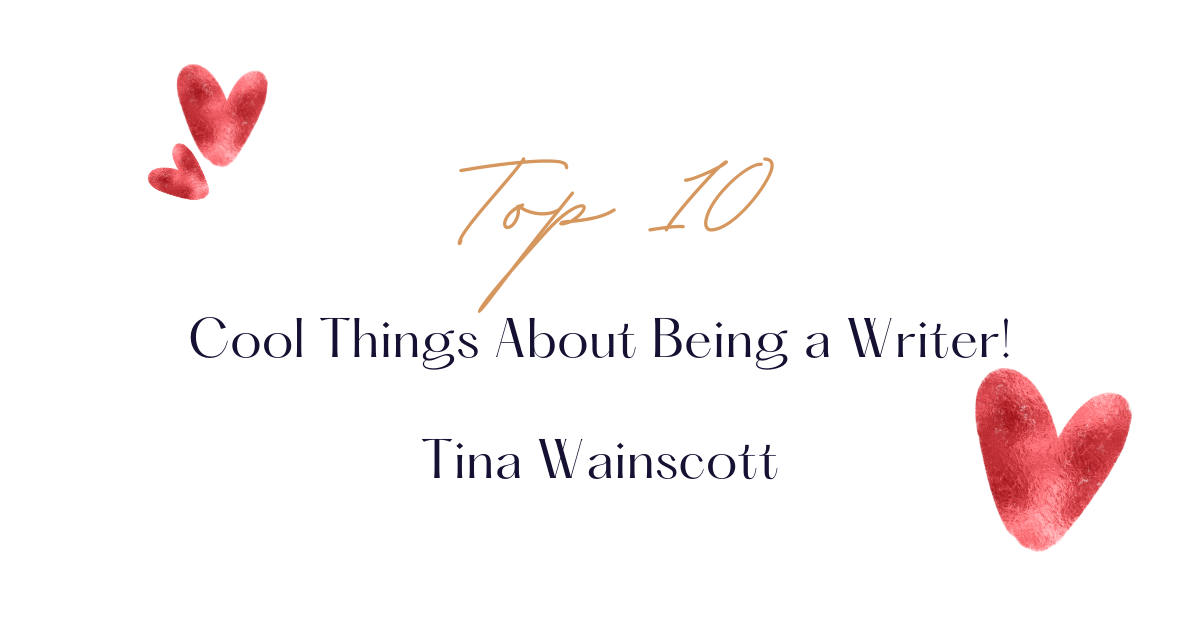
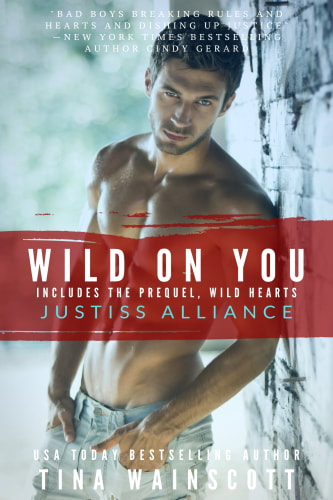

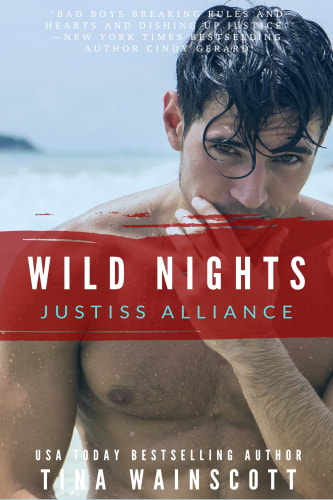
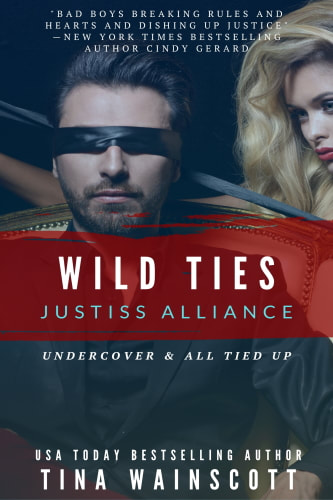


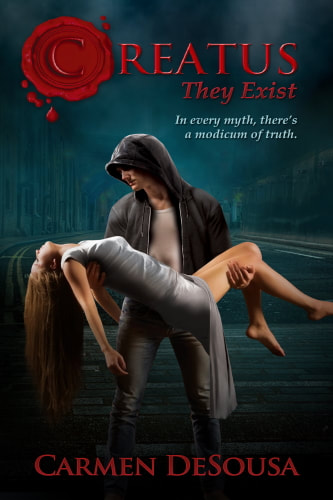
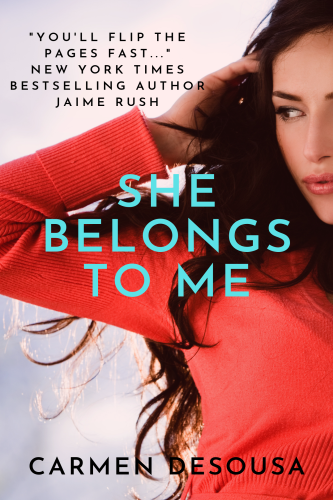
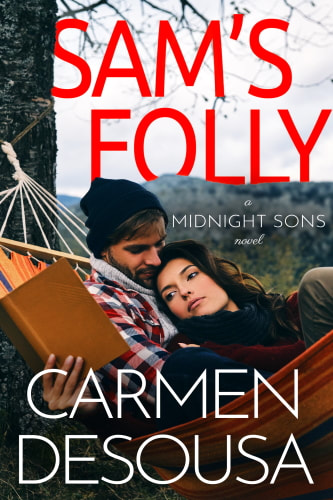
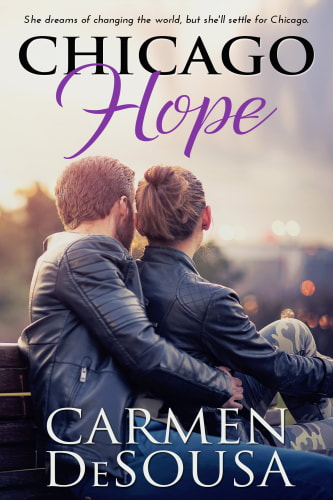
 RSS Feed
RSS Feed